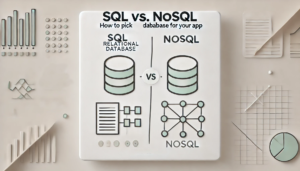Understanding Promise Prototype Finally
#How Does Promise.prototype.finally works
.finally() works as follows:
promise
.then(result => {···})
.catch(error => {···})
.finally(() => {···});
finally’s callback is always executed. Compare:
then’scallback is only executed ifpromiseis fulfilled.catch’scallback is only executed ifpromiseis rejected. Or ifthen’scallback throws an exception or returns a rejected Promise.
In other words: Take the following piece of code.
promise
.finally(() => {
«statements»
});
This piece of code is equivalent to:
promise
.then(
result => {
«statements»
return result;
},
error => {
«statements»
throw error;
}
);
Use case
The most common use case is similar to the most common use case of the synchronous finally clause: cleaning up after you are done with a resource. That should always happen, regardless of whether everything went smoothly or there was an error.
For example:
let connection;
db.open()
.then(conn => {
connection = conn;
return connection.select({ name: 'Jane' });
})
.then(result => {
// Process result
// Use `connection` to make more queries
})
···
.catch(error => {
// handle errors
})
.finally(() => {
connection.close();
});
.finally() is similar to finally {} in synchronous code
In synchronous code, the try statement has three parts: The try clause, the catch clause and the finally clause.
In Promises:
- The
tryclause very loosely corresponds to invoking a Promise-based function or calling.then(). - The
catchclause corresponds to the.catch()method of Promises. - The
finallyclause corresponds to the new Promise method.finally()introduced by the proposal.
However, where finally {} can return and throw, returning has no effect inside the callback .finally(), only throwing. That’s because the method can’t distinguish between the callback returning explicitly and it finishing without doing so.
Availability
- The npm package
promise.prototype.finallyis a polyfill for.finally(). - V8 5.8+ (e.g. in Node.js 8.1.4+): available behind the flag
--harmony-promise-finally(details).
Further reading
- “Promises for asynchronous programming” in “Exploring ES6”
Source Viva: http://2ality.com/2017/07/promise-prototype-finally.html


